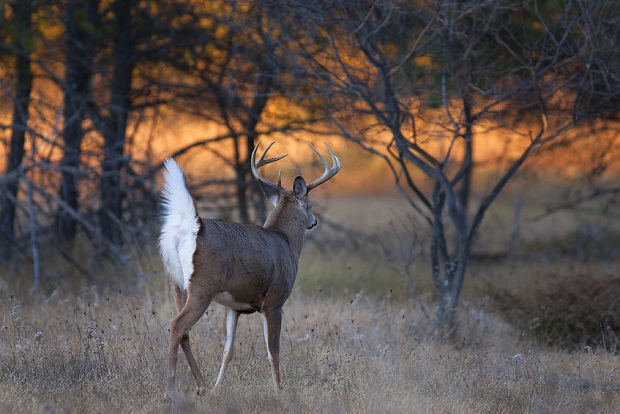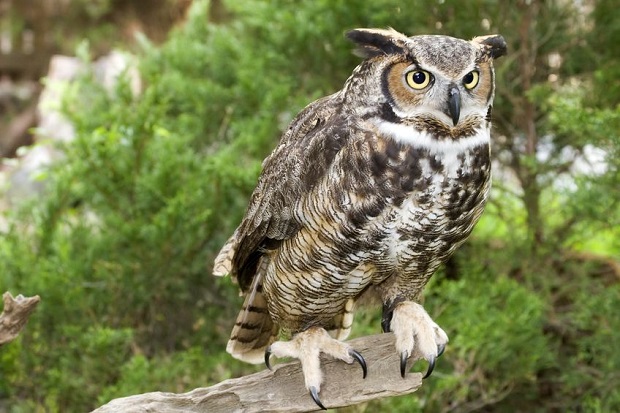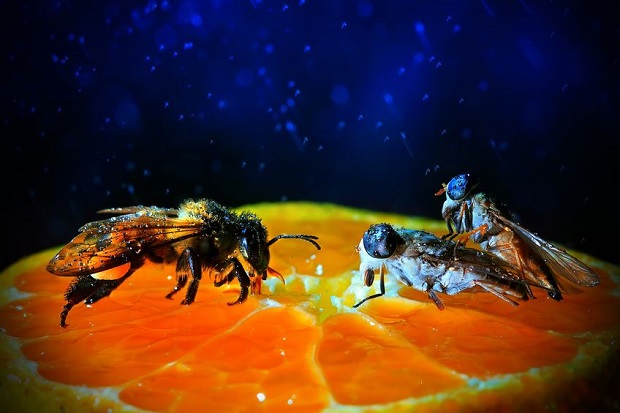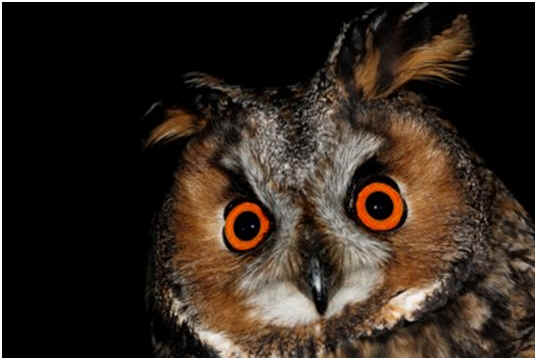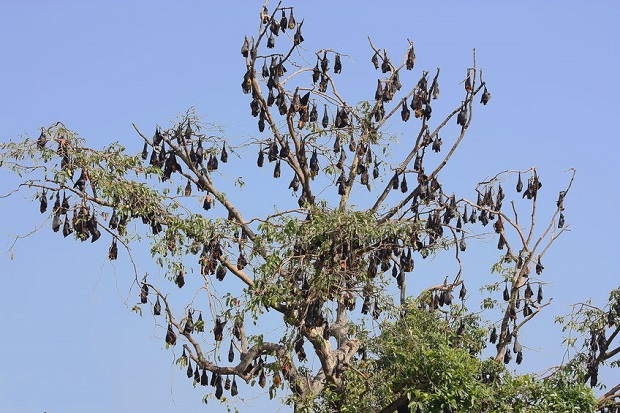
Do Bats Live in Trees?
Many species of bats live in trees. Those who prefer sunlight will roost directly on branches, while others will nest inside a hollow tree or slip beneath the bark to roost. Species specifically associated with tree roosting are the southern yellow bat, little brown bat, evening bat, and big brown bat.
Where Do Bats Live?
Many species of bats roost in trees. Those who prefer sunlight will roost directly on branches, while others will nest inside a hollow tree or slip beneath the bark to roost. Roosting requirements vary between species and also vary with seasonal and mating needs. Bats choose their roosts depending on their feeding habits and environmental needs, including light, temperature, and humidity. You will find bats in caves, buildings, trees, under leaves, on the surface of rocks…anywhere that meets the needs of the bat species sheltering them from predators and bad weather.
Bat Species That Live in Trees
Southern Yellow Bat. The bat that is specifically associated with tree roosting is the Southern Yellow Bat. This species can be found roosting in trees in warmer climates. You may find these little yellow bats roosting in trees such as palm, coconut, mango, and banana, the yellowed foliage of dead palm fronds making it nearly invisible to predators. Unlike many bat species, they usually roost alone.
Little Brown Bat. The little brown bat is an example of another species that will roost in tree hollows and under tree bark. You will find them in dead or dying trees that provide more crevices and hollows, usually close to the water where they prefer to hunt. Reproductive females are particularly fond of this type of roost, and during the warmer months, they will gather in maternity colonies away from the male bats and non-productive females. Depending on the roost’s size, these colonies of mothers and babies can range from 300 to 1200 bats. You may find the occasional male or two using trees as day roosts or hiding beneath tree bark. Both sexes will hibernate elsewhere during the colder months.
Evening Bat. The Evening Bat can be found throughout the eastern United States. Though it will roost in buildings or barns, the Evening Bat prefers to roost in tree hollows in wetland areas. Hundreds of reproductive females will gather to create maternity colonies, while males will generally roost alone.
Big Brown Bat. The Big Brown Bat is one of North America’s largest bats and can be found from Canada throughout the United States to Mexico. Though trees are not their sole roosting choice, maternity colonies are often found beneath loose bark and in hollows of bald cypress, beech, oak, and pine trees. Maternity colonies consist of several to more than a hundred females and may include males of the species. In the winter months, the Big Brown Bat usually roosts alone.
Resources
- “Wildlife Directory: Bats – Living with Wildlife – University of Illinois Extension.” Mobile Gateway – Univeristy of Illinois Extension. N.p., n.d. Web. 15 Nov. 2011. <http://m.extension.illinois.edu/wildlife/directory_show.cfm?species=bat>.
- “bat (mammal) :: Life cycle — Britannica Online Encyclopedia.” Encyclopedia – Britannica Online Encyclopedia. N.p., n.d. Web. 15 Nov. 2011. <http://www.britannica.com/EBchecked/topic/55655/bat/51403/Life-cycle>.
- “Southern Yellow Bat (Lasiurus ega).” Texas Parks and Wildlife. N.p., n.d. Web. 30 Oct. 2014. <http://www.tpwd.state.tx.us/huntwild/wild/species/syellow/>.
- Humphrey, S.R. & J.B . Cope. 1976. Population ecology of the little brown bat Myotis lucifugus in Indiana and south-central Kentucky . American Society of Mammalogists . Special Publication 4 : 1-81 http://dnr.wi.gov/files/PDF/pubs/er/ER0705.pdf
- “Evening Bat.” Evening Bat. N.p., n.d. Web. 30 Oct. 2014. <http://biology.eku.edu/bats/eveningbat.html>.
- United States. National Park Service. “Big brown bat.” National Parks Service. U.S. Department of the Interior, 30 Oct. 2014. Web. 30 Oct. 2014. <http://www.nps.gov/shen/naturescience/big-brown-bat.htm>.
